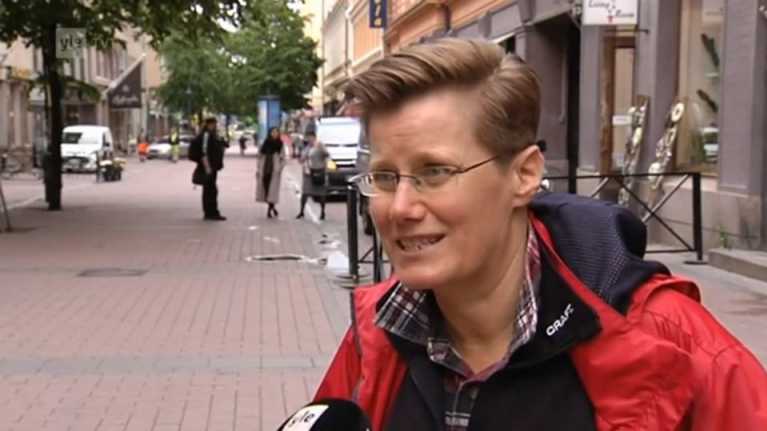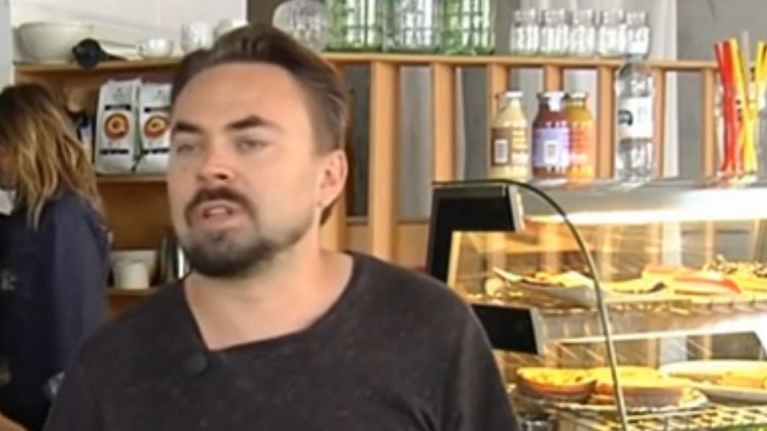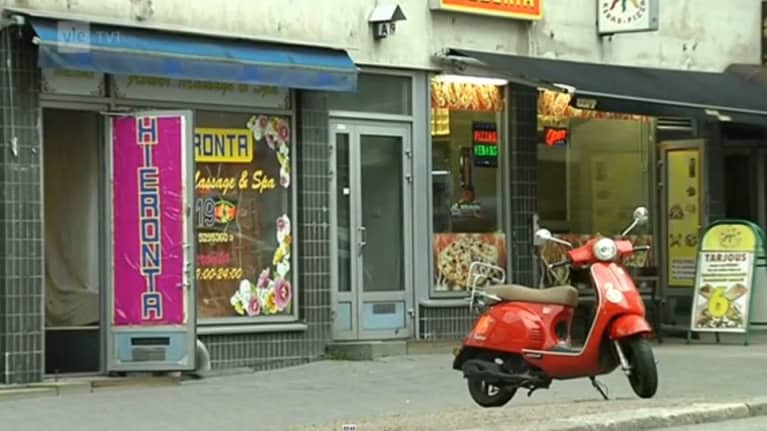The Helsinki suburb of Punavuori, once working class, now boasts cleaner streets and skyrocketing real estate prices. Yet this is largely the legacy of a host of poor artists and other cultural agents who were drawn to the area around the 90s. Gentrification is a well-known trend around the world, most recognisable in the transformation of once seedy and dangerous locations -- like New York’s Brooklyn -- into far more salubrious locales.
While the changing face of Helsinki is lamented by some as gentrification, even Kallio, the red light centre of town, has never been a particularly unsafe neighbourhood. If anything, this sort of urban shift has descended on the Finnish capital relatively slowly.
Queer culture researcher: “We pay this price for tolerance”
Helsinki University Docent and long term resident first of Punavuori, then Kallio, Antu Sorainen researches urban development through the lens of queer culture. LGBT [Lesbian, Gay, Bisexual and Transsexual] people are one community that originally helped create an urban buzz in working class areas of Helsinki.

“This place used to be a LGBT institution,” she says, standing on Iso Roobertinkatu, outside a bar that’s now a non-descript rock club. “Helsinki’s first ever gay bar used to be around that corner, hidden in the courtyard,” she adds. It’s now home to a quaint lunch cafe.
Sorainen points out that some queer people -- who have come to strongly identify with being on the fringe -- not only feel like they’ve been forced out of the districts they helped to develop, but are even struggling with their newfound acceptance into mainstream culture.
“Prices went higher, places got cleaner and queer people disappeared. It’s not only Helsinki. It’s all the big western cities,” she says. It’s what Sorainen laughingly refers to as a “straight invasion”.
“We pay this price for tolerance,” she says with a wry smile.
Indeed, an influx of young, financially secure families means that in Punavuori the pawn shops have been replaced by cafes, porno shops by design boutiques. Not everything’s changed -- mothers with strollers still walk past the odd Thai massage place on the way to enjoy their morning latte -- but the majority of stores are decidedly “hipster”.´
For Sorainen, this kind of development is a precursor to the big chains moving in, like they have in the city centre.
“Of course it’s nice if it’s clean if you find the same chains everywhere and you feel safe, but isn’t it also boring?”, she laments.
City decision-makers at odds over urban culture
In Kallio, where smaller flats attract more singles, the grungy working class bars are losing their edge, replaced with a proliferation of street food outlets, cafes and local design stores. Community events like Kallio Kukkii, Restaurant Day, Kallio Block Party and numerous flea markets draw thousands to this part of the city.
Helsinki City pumps 17 million euros annually into supporting smaller scale arts and cultural activities such as these. However, Helsinki Cultural Director Stuba Nikula admits that these are precisely the community activities that highlight tensions between City departments who want to support them and those who tend to be sticklers for the rules.
“Usually it comes down to things like toilets and trash. Or saying “we need to be paid for this. There has to be some kind of fee to use this space” and so on. The logical question is: Why?”, says Nikula, who hopes that the various City departments would one day find cohesive policies when it comes to supporting grassroots culture.
“Most of the tourist strategies in Europe are based on the idea that everyone comes to the city once. They lack the depth of how to create a relationship,” he adds.
"Yuppie" takeover?
Creating a new relationship between city and citizens may mean ending old ones – but it can also give new areas of town the chance to rise up and fill the gaps.
The City’s Cultural Director points out that less central areas like Roihuvuori, Herttoniemi and Maunula are suddenly popping up more on the City’s radars as an increasing number of cultural funding applications flow in from the outer suburbs.

Kallio café owner Jon Sandell acknowledges that the district has moved away from its working class roots, yet he says gentrification is somewhat of a misnomer. The process being seen in Helsinki is not the huge stretch it is in other countries, where neighbourhoods are opening up that were hitherto not merely insalubrious, but genuinely dangerous.
“Instead of gentrification I would call it perhaps yuppification,” Sandell states, using the long-standing colloquial term for a "young urban professional".
While the urban shift of grungy locales becoming a little cleaner and a little cooler, isn’t everyone’s cup of sencha tea, many welcome the change, or at least see it as a natural progression in a modern city.
“Change inevitable. Neighbourhoods aren’t museums to be preserved as is,” says Sandell. “They are always going somewhere.”
